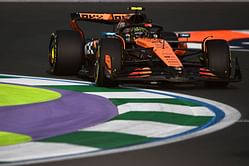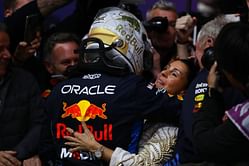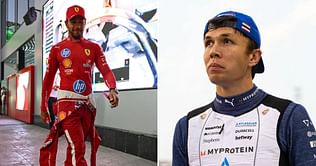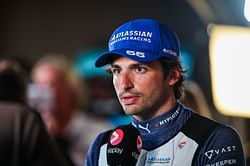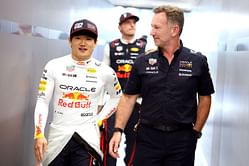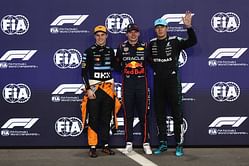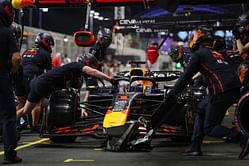
About
In Formula One, The Drag Reduction System(DRS) is a form of driver-adjustable bodywork aimed at reducing aerodynamic drag and increasing top speed. The DRS was introduced to Formula One to improve the number of overtakes in a race in a sport hindered by a lack of overtaking during races.
DRS was introduced in Formula One in 2011. In its initial iteration, a driver had the freedom to use the DRS anywhere on the track in qualifying but in races, it was available for use only in the specified zones when the pursuing car was within 1 second of the car that it was chasing.
The rule was however altered in qualifying as the drivers were now limited to use DRS only in the specified zones. The use of DRS is an exception to the rule banning any moving parts whose primary purpose is to affect the aerodynamics of the car. The system has now also found utility in other series as well like the Formula 2 series, the DTM championship, and the Formula 3 series.
Construction
The horizontal elements of the rear wing consist of the main plan and the flap. With the DRS in place, the flap can be lifted to a maximum of 50mm from the fixed main plane which results in less downforce and more Top Speed.
Utility

The Drag Reduction System was Formula One’s answer to its biggest criticism from the 2010 season where cars found it too hard to overtake because of the aerodynamic complexities of a Formula One Car. The system was put in place to give the pursing car an extra top speed to aid overtaking and at the same time not sideline the driver skill required to overtake.
The system was introduced in 2011 and has since become an integral part of a Formula One Car.
Reception
The DRS received a positive reception in the initial races but compounded with the ever degrading Pirelli rubber, there were too many overtakes in the races and DRS started to appear like an artificial appendage to boost overtaking. In due time though the optimum placement of the DRS zones and detection points were found and DRS has been a staple of F1 since then.
Although the purists are still not the biggest fans of DRS, with the cars unable to follow each other in their latest configurations, F1 admits DRS is here to stay, at least for now.
FAQs
DRS was introduced in 2011 to address the lack of overtaking in F1.
Yes, DRS can be used freely during qualifying sessions to help drivers achieve faster lap times.
In wet conditions, F1 cars require maximum downforce to maintain grip on slippery surfaces.. Activating DRS in wet weather would reduce downforce and increase the risk of losing control, so DRS is disabled when the track is deemed too wet.
Yes, drivers activate DRS using a button on the steering wheel, but they can only do so when they meet the one-second rule at a detection point and are within a DRS zone.
